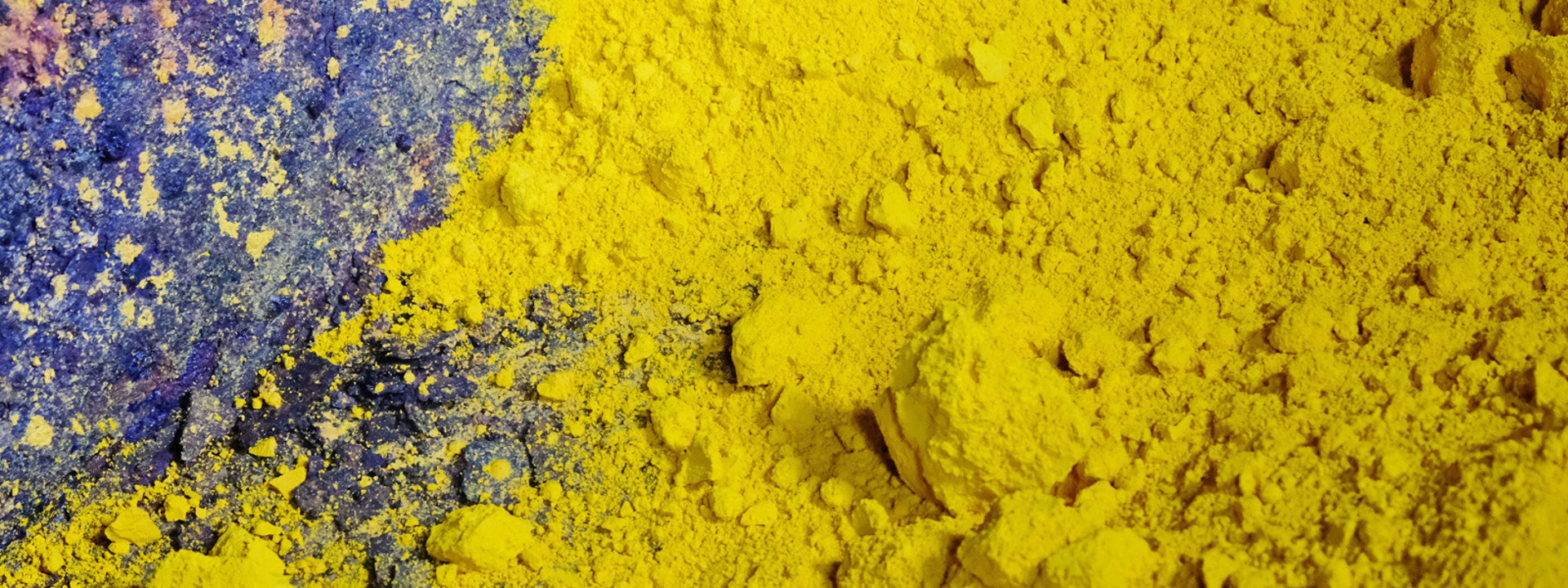Education
Uranium Education Center
Nuclear power is the largest source of clean energy in the U.S. and is created through "fission", which involves the splitting of uranium atoms.
Featured
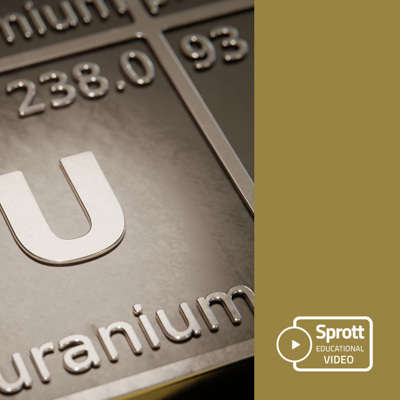
Uranium: Born of the Stars
Uranium, an element born of the stars, is as complex as it is paradoxical. This heavy metal holds dormant powers both inspiring and terrifying.
This video shares incredible facts about uranium’s inter-planetary origins and looks at the critical role of uranium in the burgeoning green energy economy.
Latest Resources
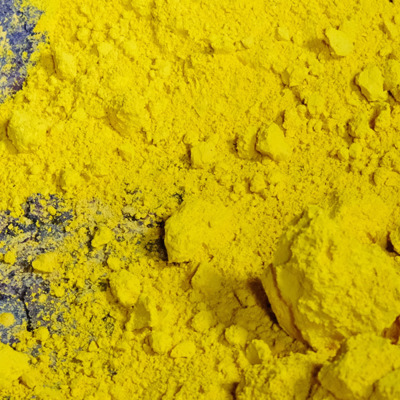
10 Reasons to Invest in Uranium
As the demand for reliable and sustainable energy sources grows, uranium and nuclear power are gaining momentum as efficient, long-term solutions. With the increasing global need for critical materials and nuclear energy, we have outlined 10 reasons why you should consider adding uranium to your investment portfolio.
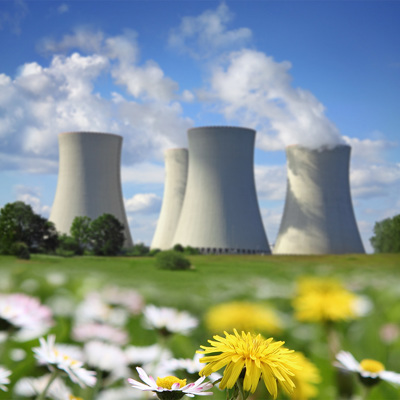
Podcast - How to Save a Nuclear Power Plant
Heather Hoff joins host Ed Coyne to discuss her career at Diablo Canyon Power Plant and how her organization Mothers for Nuclear contributed to saving the facility.

Infographic - The Uranium Opportunity
The widening uranium supply-demand gap is creating potential opportunities for investors. Powerful fundamentals are reshaping today’s uranium market and creating a rapidly tightening supply landscape.
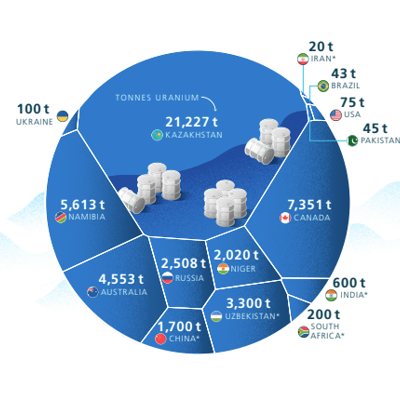
Infographic – The Uranium Market in 3 Charts
A new uranium bull market is underway. Uranium miners are well positioned to take share within the energy sector as energy security and decarbonization take center stage globally.
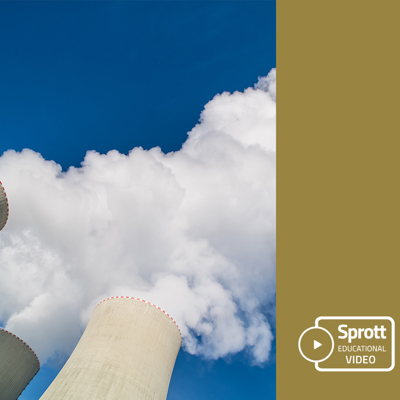
Video – Nuclear Waste: Dispelling Myths and Fears
In this video, we dispel the many fears and concerns about spent nuclear fuel. The care with which it is handled and stored contributes to the fact that nuclear power is one of the safest forms of baseload energy generation known to humanity.
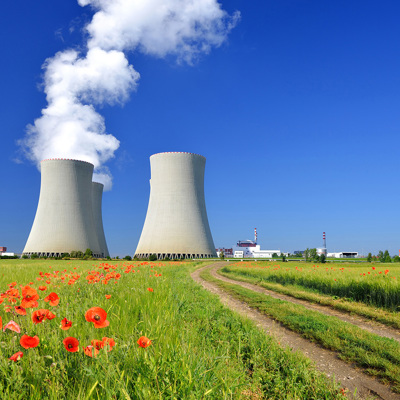
White Paper – Unearthing Opportunity: Uranium Miners and the Global Clean Energy Transition
A new uranium bull market is underway. Uranium miners are well positioned to take share within the energy sector as energy security and decarbonization take center stage globally.
More on Uranium
-
Interview
Uranium Outlook 2026
-
Interview
Metals & Mining: Year in Review, Future in Focus
-
Sprott Uranium Report
Uranium’s Tale of Two Markets
-
Infographic
The Uranium Opportunity
-
Sprott Uranium Report
Investors Act with Conviction
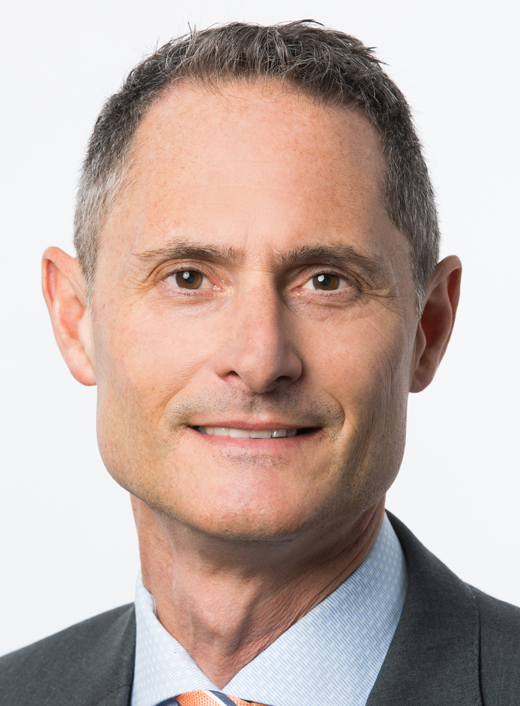
“Nuclear radiation exposure is minimal compared to the many sources of radiation we could come across in our daily lives. ~80% of an average person’s annual radiation exposure comes from natural sources, such as sunlight, soil and water, while ~18% comes from man-made sources such as computers, cell phones and x-rays. Less than only 1% comes from the nuclear industry, including uranium exploration and mining.”
John Ciampaglia, CFA, FCSI
Senior Managing Director, Sprott Inc.; Chief Executive Officer, Sprott Asset Management
Investment Risks and Important Disclosure
Relative to other sectors, precious metals and natural resources investments have higher headline risk and are more sensitive to changes in economic data, political or regulatory events, and underlying commodity price fluctuations. Risks related to extraction, storage and liquidity should also be considered.
Gold and precious metals are referred to with terms of art like "store of value," "safe haven" and "safe asset." These terms should not be construed to guarantee any form of investment safety. While “safe” assets like gold, Treasuries, money market funds and cash generally do not carry a high risk of loss relative to other asset classes, any asset may lose value, which may involve the complete loss of invested principal.
Past performance is no guarantee of future results. You cannot invest directly in an index. Investments, commentary and opinions are unique and may not be reflective of any other Sprott entity or affiliate. Forward-looking language should not be construed as predictive. While third-party sources are believed to be reliable, Sprott makes no guarantee as to their accuracy or timeliness. This information does not constitute an offer or solicitation and may not be relied upon or considered to be the rendering of tax, legal, accounting or professional advice.
